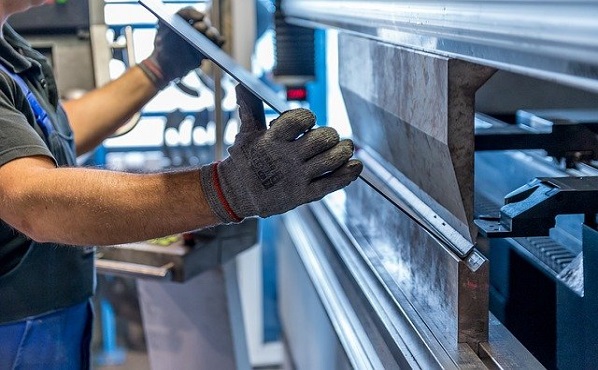Enhancing Precision and Efficiency: Innovations in Sheet Metal Bending Techniques+ View more
Enhancing Precision and Efficiency: Innovations in Sheet Metal Bending Techniques
+ View more
Date:2023-12-26 11:00
Introduction
Sheet metal bending is a critical process in the fabrication industry, allowing manufacturers to shape metal sheets into desired forms. As precision and efficiency are key factors in sheet metal bending, continuous innovations have been made to improve these aspects. In this article, we will explore the latest advancements in sheet metal bending techniques, focusing on innovations that enhance precision and efficiency.

- Computerized Bending Machines
One significant innovation in sheet metal bending techniques is the advent of computerized bending machines. These machines utilize advanced software and controls to accurately and precisely bend metal sheets according to predefined specifications. Computerized bending machines eliminate human error and provide consistent results throughout the production process. With capabilities such as automatic tool changing, angle measurement systems, and real-time monitoring, these machines enhance precision while reducing setup time and improving overall efficiency.
- 3D Modeling and Simulation
The integration of 3D modeling and simulation software has revolutionized sheet metal bending techniques. Engineers can create detailed virtual models of components and simulate the bending process to identify potential issues or errors before actual production. By analyzing factors such as material behavior, springback, and tooling optimization, manufacturers can fine-tune the bending process for maximum precision. This digital approach reduces trial and error, minimizes material waste, and ensures accurate bending angles and dimensions.
- Adaptive Bending Systems
Adaptive bending systems are another innovation that enhances precision and efficiency in sheet metal bending. These systems use sensors and feedback mechanisms to continuously monitor and adjust the bending process in real-time. By detecting variations in material thickness, temperature, or other variables, adaptive bending systems automatically make necessary adjustments, ensuring consistent and accurate bends. This level of control improves productivity by reducing manual intervention, minimizing rework, and optimizing overall efficiency.
- Robotic Bending Cells
Robotic bending cells are becoming increasingly popular in sheet metal bending operations. These automated systems combine robotic arms with specialized bending tools to perform precise and intricate bends. Robotic bending cells offer flexibility, as they can handle a variety of part sizes and shapes without the need for tooling changes. With advanced programming and path optimization, these systems can achieve high-speed bending while maintaining exceptional accuracy. The integration of robotic bending cells streamlines production processes, improves repeatability, and enhances overall efficiency.
- Advanced Material Handling Systems
Efficient material handling is crucial for precision and efficiency in sheet metal bending. Innovations in material handling systems, such as automatic sheet loading and unloading mechanisms, reduce setup time and increase productivity. These systems can handle different sheet sizes and thicknesses, allowing for seamless transitions between jobs. With features like intelligent stacking and sorting, advanced material handling systems optimize workflow, minimize downtime, and improve overall bending process efficiency.
Conclusion
Innovations in sheet metal bending techniques have significantly enhanced precision and efficiency in the fabrication industry. Through computerized bending machines, 3D modeling and simulation, adaptive bending systems, robotic bending cells, and advanced material handling systems, manufacturers can achieve accurate, consistent, and efficient bends. Embracing these advancements allows businesses to optimize productivity, reduce waste, and deliver high-quality products to meet customer demands effectively. As technology continues to evolve, it is essential for companies to stay updated and implement these innovative techniques to stay competitive in the sheet metal bending industry.
Share to:
Recommend wonderful blog posts
